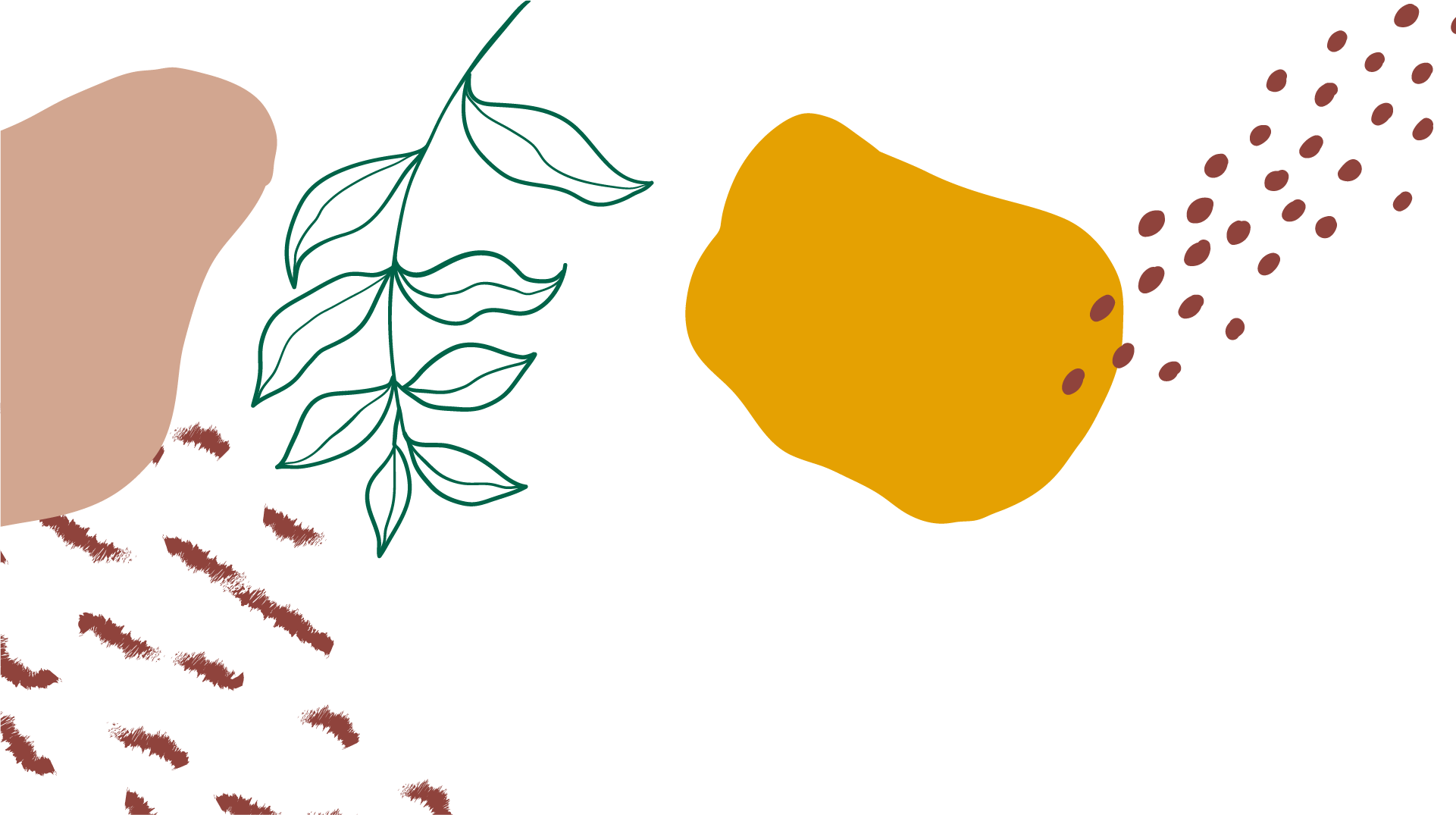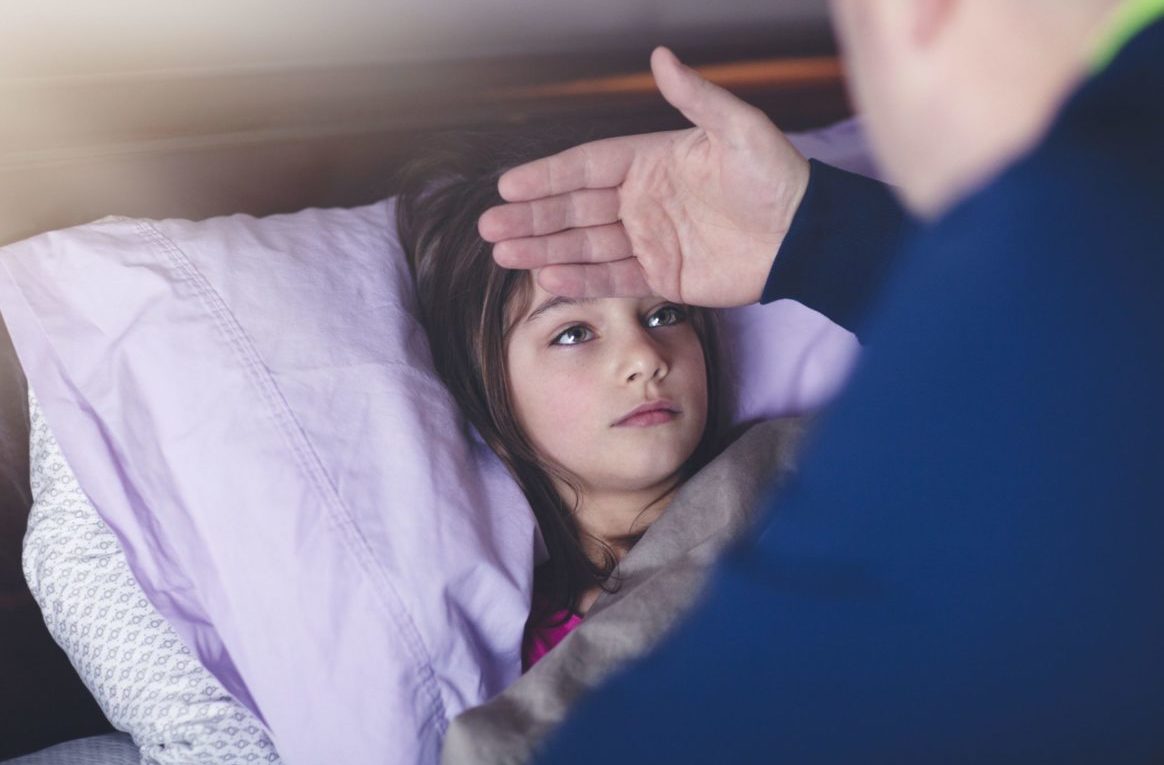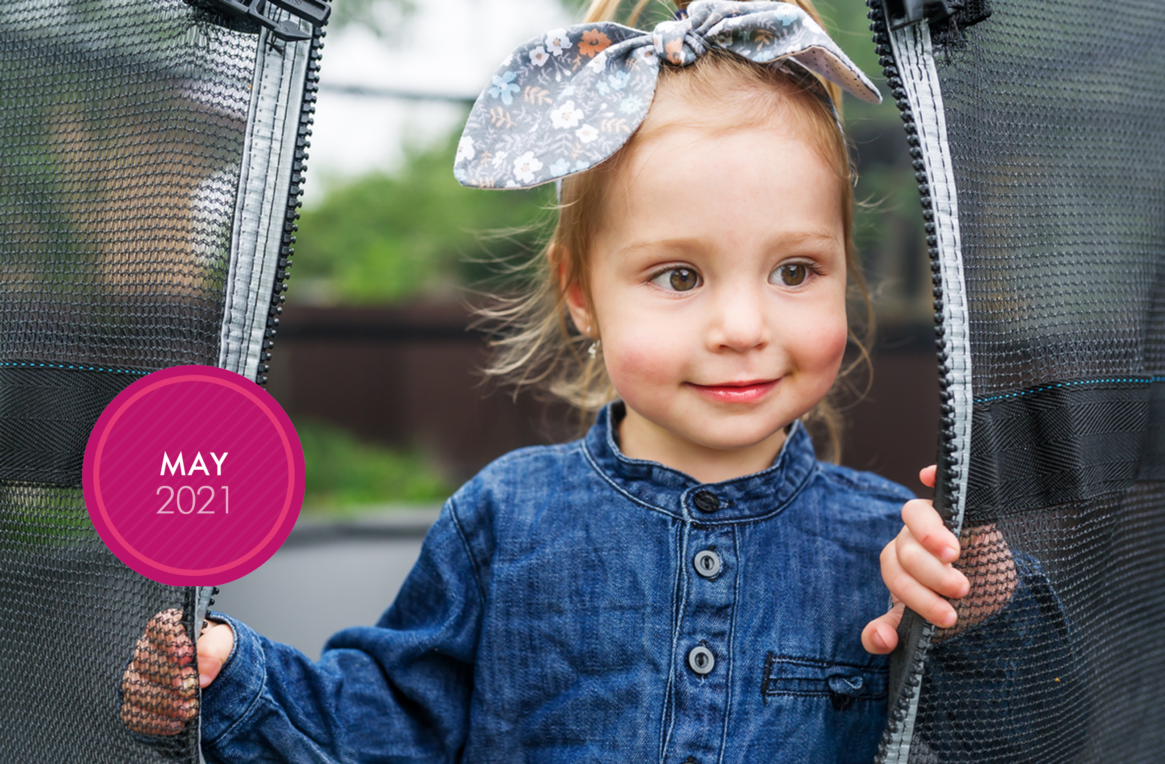
January 2021 Newsletter
Room Transitions for 2021
Regardless of the age, settling into a new care environment can be an exciting and challenging time for children. We will commence room transitions on 27th January 2021. Our aim is to provide a supportive and smooth transition and we believe in working with families and Educators to ensure transitions are managed sensitively, building foundations as we work towards providing quality care for your child.
A supportive transition process is important to promote the development of positive relationships with our Educators and children. We ensure transitions are smooth and supportive by:
- Talking with families about the transition process
- Discussing settling strategies with families
- Introducing our educators to transitioning families
- Conducting a gradual transition process
- Making transitions fun
- Talking to the child about the transition
- Giving the child adequate time to prepare for the transition
- Using positive reinforcement and encouragement
We understand that this can be a nervous time for children and families and offer our full support. Should you have any questions please feel free to come and see us.
On this month
AT BILLY LIDS KINDY
Room Transitions ——————————————— 27
AROUND THE COUNTRY
National Bird Day ——————————————— 5
Kid Inventors’ Day ——————————————– 17
Australia Day ————————————————– 26

Community Events
AUSTRALIA DAY – JANUARY 26
Australia Day is the day to reflect, respect and celebrate.
We reflect on the resilience of the First Nations Australians. We pay respect to our heroic frontline workers. We celebrate the Australian spirit, our mateship and our sense of community. We find optimism
hope as we look to the future. Australia Day 2021 is different due to COVID-19. As we face challenges, 26 January is still a day to reflect on and celebrate hope and solidarity.
Find out what is happening near you here.
KID INVENTORS DAY – JANUARY 17
Television. Water skis. Earmuffs. The Popsicle. What do they have in common? All were invented by kids! 500,000 children and teens invent gadgets and games each year. These innovations help make our lives easier, and more fun! Celebrate the ingenuity and value of young brainstormers on KID INVENTORS’ DAY! Find out more.


PREP 15 min | COOK 15 min | SERVES 20
INGREDIENTS
2 Lebanese cucumbers
50g chicken (cooked and shredded) OR ½ cup cooked and chilled jasmine rice
¼ avocado – cut into small pieces
¼ capsicum
1 carrot (trim vegetables to the same size as the cucumber pieces)
METHOD:
Slice off both ends of the cucumbers and then cut each cucumber into 2 larger sections
Remove the centre of each cucumber half using an apple corer or teaspoon to scrape out the seeded centre. (Don’t throw away the centres)
Add around 4 slices of capsicum or carrot (or a mix of both) to the centre of the cucumber.
Stuff the cucumber with either cooked chicken or cooked rice
Add a small amount of avocado to each cucumber centre
Slice each larger piece of cucumber into ‘sushi’ slices
TIPS:
You can use any type of cucumber, just make sure the cucumber is wide enough to remove the centre and stuff easily.
You can use leftover rice, simply chill the rice and clump together.
You can fill with different vegetables or proteins like tuna or chicken. As long as you properly fill the cucumber it should work well.
If you do not have an apple corer you can use a teaspoon to scoop out the seeded flesh part. It just won’t have such a clean look.
Keep this snack refrigerated, rice should be stored under 5 °c Enjoy x
Recipe and image from healthylittlefoodies.com/cucumber-sushi/

A mixed bag of apps to help parents and keep pre-schoolers entertained and learning.



WHILE I’M AWAY
AUSTRALIAN INFANT, CHILD, ADOLESCENT AND FAMILY MENTAL HEALTH ASSOCIATION LIMITED | FREE
The While I’m Away app has been designed to help parents support the mental health and wellbeing of their child should they need to be cared for by someone else (e.g. if a parent needs to go into hospital, travel for work, or is separated from their child for any period of time). The app guides parents through a series of questions that captures the most important information about their children including key people, daily routines, interests, hobbies, medical information and more.
COUNTING ANTS LITE
PLAYTEND APPS LLP | AGE 1 – 6 | FREE
This is a great app for early learning and emergent counters perhaps the best way to help your emergent students practice counting to ten. This app features adorable ants that zip around in their cars, while teaching children the basics of counting.
The app automatically rotates through five minigames to keep them engaged while they learn to count.
LOOPIMAL
YATATOY | AGE 3 + | $5.99
Loopimal is a seriously fun music app for kids to explore sequences, loops, and music as they try to animate a bunch of cute animals. Children have endless opportunities to create rich compositions and explore loops and computer sequencing within an easy-to-use pre-programming framework. Kids can learn about components of music such as beat, rhythm, melody, tempo, and so on. As they create patterns of up to eight musical blocks that repeat endlessly, kids experience visual and auditory loops and sequences.
FOCUS: Sporting Activities that can help your child develop their strength and stability?

Your ‘core’ is made up of the bones, joints and muscles of your trunk (eg: the ribs, the spine, the abdominals, the back muscles), your pelvic bones and the muscles in the pelvis, as well as the muscles involved in breathing. Your child’s ‘core’, if it is strong and stable, provides it with a stable base from which he or she can move their arms and legs from. Which means, that if your child has a strong and stable core, they have more change of using their arms and legs with more coordination and more strength.
How strong your child’s core is and how well they can hold their core stable will play a part in how well they can perform everyday activities such as walking, running, getting up and down off the floor, and ball skills. Your child’s core strength and stability also play a part in how well your child can sit up straight, can sit still in the classroom, and even in how coordinated they are.
Certain sporting activities can help your child to improve their core strength and stability. Here are a few of our favourites:
- Swimming: The inherent nature of being in water requires your child to use their trunk to move their body, right themselves, and keep their body out straight while swimming on their back or their front. In addition, controlling their breath will help your child to learn to control their chest and tummy muscles.
- Gymnastics: Gymnastics requires a lot of strength and stability to be able to hold positions, tumble the body around, and to balance and climb. If your child isn’t keen on gymnastics, you could also try circus training or cheer leading which have similar strength and stability requirements.
- Dancing: Similar to gymnastics, dancing requires control, coordination and strength to move in specific ways at different speeds. You can try any type of dancing, as they all require the trunk to be held with control while the dancer moves their arms and legs against their body.
- Martial Arts: A strong and stable core is so important to delivering a powerful punch or kick. Your child will be required to hold their trunk strong and still while they learn the techniques and moves, and to hold themselves steady when following sequences of moves or moving around the floor.
- Horse riding: When riding a horse, your child will need to keep their trunk still and upright on a moving base (the horse). Your child will also need to adjust their body with control in response to the horse’s movements. Both of these movements will enhance your child’s core strength and stability.
Give one of these sports a try if you would like to improve your child’s core strength and stability. The best sport for your child will be the sport that they enjoy doing – because if they enjoy it, they will practice it, which is what allows them to improve their core strength and stability.
If you are concerned about your child’s core strength and stability, or you think that their core strength or stability is impacting on their development, it will be beneficial to seek out an assessment from a physiotherapist or occupational therapist experienced with children.
Move and Play Paediatric Therapy (2020) Sporting activities that can help your child develop their core strength and stability. Retrieved from kiddipedia.com.au/sporting-activities-that-can-help-your-child-develop-their-core-strength-and-stability/

Fun with Numeracy
BASIC PATTERNS
Basic math skills in preschool and kindergarten set the foundation for learning more advanced math concepts later on. Patterning is one of those important early skills. Thankfully, patterns are easy and fun to teach! How do we teach patterns? We can notice them, hear them, and physically make them. Here’s a simple progression you might want to use when you teach patterns:
- ABAB (red, blue, red, blue)
- ABC (car, truck, plane, car, truck, plane)
- AABB (crayon, crayon, pencil, pencil, crayon, crayon, pencil, pencil)
- AAB (Cheerio, Cheerio, raisin, Cheerio, Cheerio, raisin)
- ABB (stomp, clap, clap, stomp, clap clap)
For activity extensions and adaptions follow the link here. Activity and Image Source: themeasuredmum.com & Handsonaswegrow.com
HEALTH & SAFETY: Never leave kids in cars
Never leave your most precious valuables, your children, alone in the car. The never leave kids in cars campaign prompts parents to take their kids with them whenever they get out of the car, just as they do with their everyday valuables, to avoid potentially tragic consequences.
WHAT ARE THE RISKS?
On a typical Australian summer day, the temperature inside a parked car can be 20 degrees C to 30 degrees C hotter than the outside temperature. The temperature inside a car can reach dangerous levels quickly; 75% of the temperature rise occurs within the first 5 minutes of closing and leaving the car. Large cars heat up just as fast as smaller ones. Leaving the windows down slightly has little effect on the inside car temperature. Tests conducted by RACQ have shown that when car windows are left open by 10cm, the inside temperature is only 5 degrees C cooler than with the windows closed.
Young children are more sensitive to heat than older children or adults as their body temperature can rise 3 to 5 times faster. This puts them at greater risk of heatstroke and other health risks as their body temperature reaches dangerous levels much soon.
HOT CARS SAFETY TIPS:
- If you have to leave the car, even to run a quick errand – take the children with you
- Never use the car as a substitute ‘babysitter’
- Never leave children in a car without adult supervision for any length of time, not even a minute!
- Lock cars and secure keys when at home to prevent children playing inside the car
- Make ‘look before you leave’ a routine whenever you get out of the car
- When a child is missing, in addition to checking backyard pools and any other bodies of water, be sure to check inside the car and the boot of any nearby vehicles.
SUMMER HOLIDAY TRAVELLING
- Provide plenty of cool water and fluids throughout the journey
- Dress kids in lightweight and easy fit clothing

- When planning a long journey, consider travelling in the cooler hours of the day
- Plan to stop every 2 hours so all passengers can have a rest from travelling
- If you need to protect babies or young children from sun through the car windows, use a visor or sunshade on the vehicle glass
- On every trip, check the fit of your child’s harness, child restraint tether straps and secure seatbelts to ensure they are correctly latched and firmly adjusted
WHAT CAN YOU DO IF YOU SEE A CHILD ALONE IN A CAR?
- If you notice that a child has been left unattended in a vehicle call 000 and ask for the Fire Brigade.
- Give your location, the vehicle registration number, the approximate age of the child and the condition of the child.
- If the car is unlocked, open the doors and shield windows with a blanket etc. and wait for emergency services – or – safely try to remove the child from the vehicle if you are concerned about the child’s condition as every second counts!
Better Health Channel (2019). Our valuables should never be left in the car, retrieved from betterhealth.vic.gov.au/campaigns/never-leave-kids-in-cars?viewAsPdf=true

JUNIOR LANDCARE
With over 35 environmental sustainability activities in the Junior Landcare Learning Centre, there is a lot to keep children busy. Every learning activity runs for 30 minutes with step-by-step instructions, a short story and a fun ‘did you know?’ section, plus lots of useful links and resources for more information.
Junior Landcare program manager Jo Stentiford says that “parents and carers who may not know a lot about food production, biodiversity, waste management and recycling or Indigenous perspective – the Junior Landcare Learning Centre will help you get started so you can also learn with your kids and share the experience.”

Get started by watching Junior Landcare Ambassador Costa Georgiadis and the Junior Landcare team in action. From creating food gardens to getting the buzz on bees and other beneficial insects. What activity will you do these school holidays? plant a food garden, create a worm farm or frog garden, start your own compost, get a buzz on bees
Visit Junior Landcare or Junior Landcare Learning Centre, for more information.

REAL-LIFE FINDING NEMO: TURTLE SURVIVES EPIC EAST AUSTRALIAN CURRENT JOURNEY FROM CAIRNS TO SYDNEY
The adventures of a juvenile flatback turtle that washed up on a Sydney beach, thousands of kilometres from home after likely being swept off-course by the East Australian Current, have been likened to a real-life Finding Nemo.
The flatback turtle species is endemic to Queensland and the waters of southern Papua New Guinea. Co-founder of the Cairns Rehabilitation Centre, Jennie Gilbert, said it was highly unusual for a flatback turtle to travel so far south.
She said the turtle, found on Cronulla Beach in May, likely fell ill and was swept down the coast on the East Australia Current.
“It literally did a Nemo,” Ms Gilbert said.
“As a hatchling it was probably unwell, got caught on the eastern current, literally floated down and was washed up on the beach at Cronulla.”
How long that journey took is unknown, but the turtle researcher estimates it was up to several months based on its health when found; Cronulla weighed barely half-a-kilogram.
Cronulla the flatback turtle was taken to Taronga Zoo where it received treatment and was rehabilitated back to full health. The turtle’s epic adventure is even more remarkable given the species’ hatchlings have an estimated one-in-1,000 survival rate due to predation, boat strikes and marine debris ingestion, including plastics.
Source: https://www.abc.net.au/news/2020-12-04/baby-turtle-survives-epic-journey-in-real-life-finding-nemo/12948054

UNO WORKOUT
Short simple activities to get some active minutes in the day.
Shuffle a pack of Uno cards. Decide what activity each colour indicates. Each person takes a turn in turning over a card from the top of pack. Everyone in the group must complete the activity the number of times on the card.
For instance:
Yellow: jumping jacks
Green: squats
Blue: low jumps like a frog
Red: 10 second Planks
Action cards: 10 of your choice of activity
(Hop on one foot, spin around in a circle, run from the front door to the back door)
Source: Little Family Fun. www.littlefamilyfun.com





